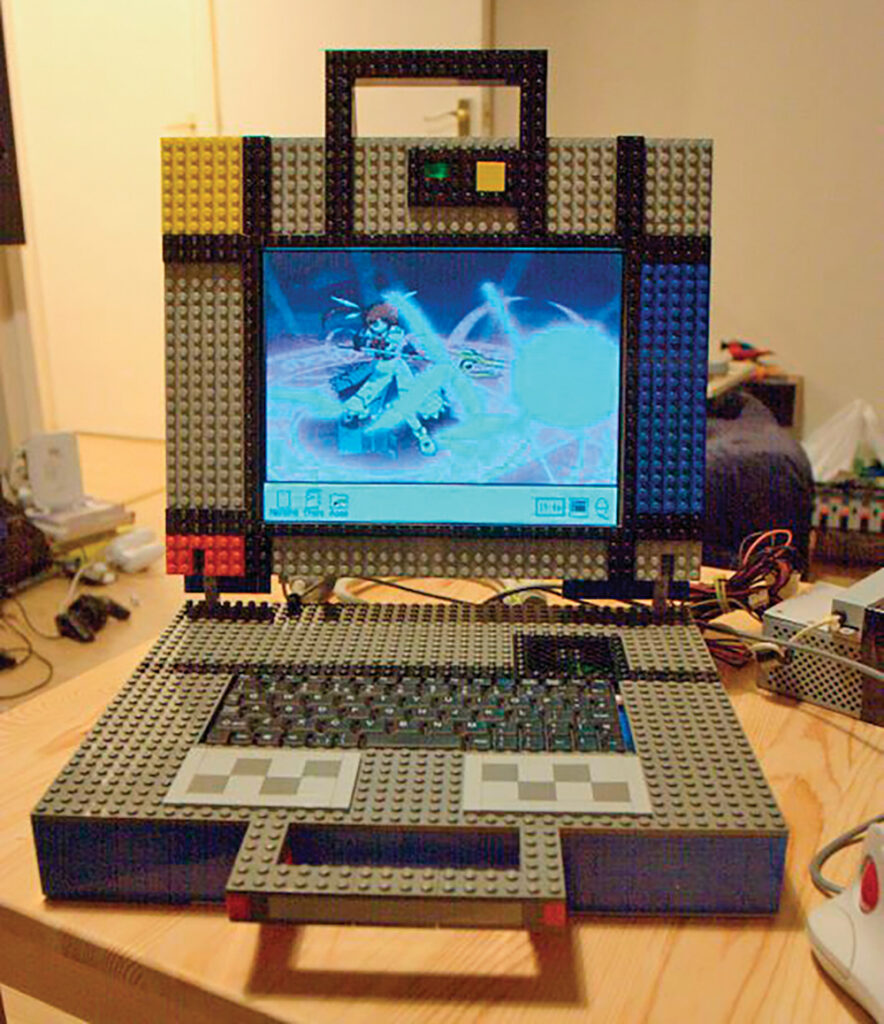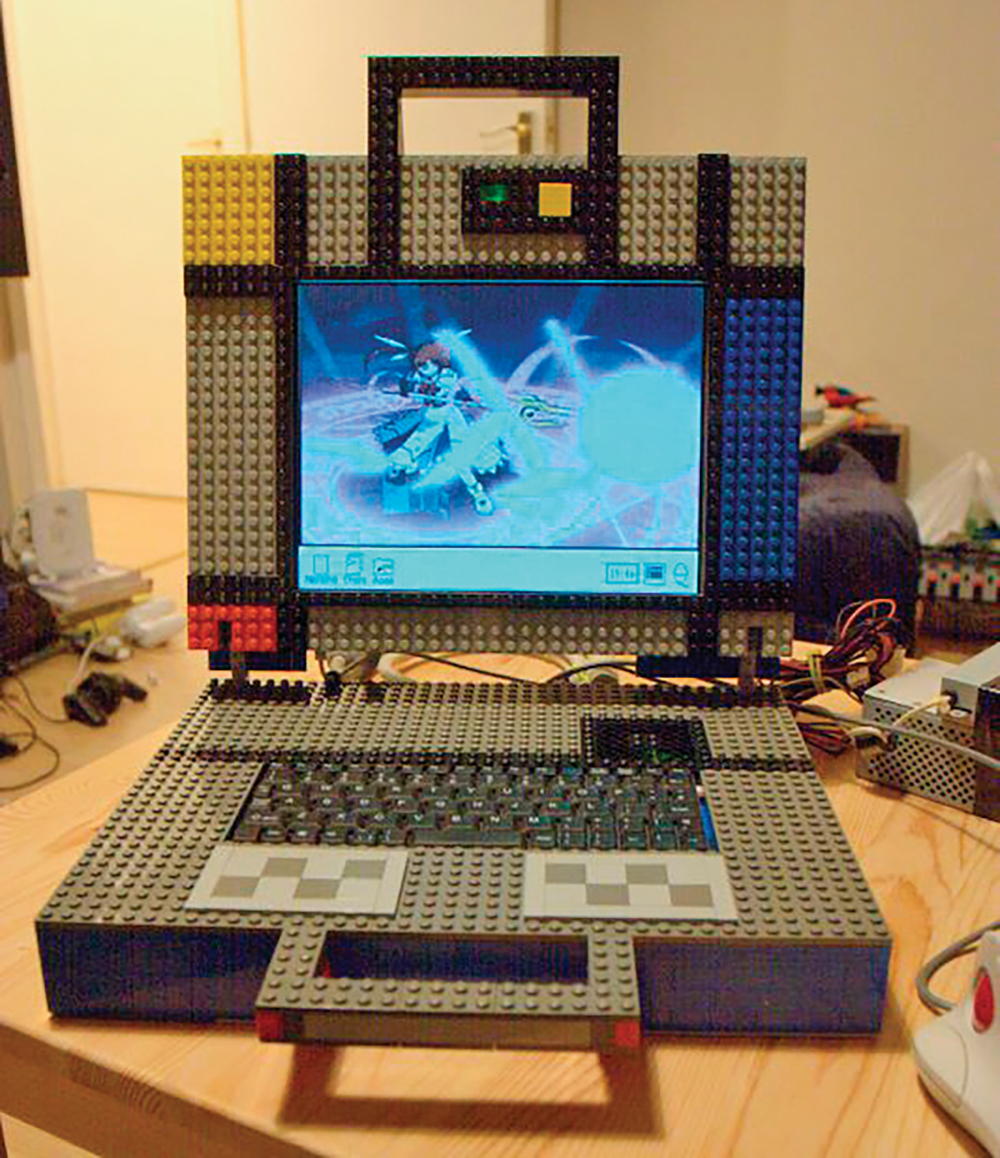
Anyone who knows the Garb IT Cloud Consulting Group personally knows LEGO is a central hobby among our engineers. Ari Richter, one of our senior techs, has been a lifelong LEGO fan and shares that love with the entire company. I still have a LEGO bonsai tree on my desk. Even the Garb children — now adults — have kept LEGO close in their lives and careers.
So, as we get ready for Passover, there’s one thing we, and many families, dread — cleaning LEGO. You know what I mean: those endless little pieces that somehow end up everywhere, including in the chametz zone. It’s the ultimate spring cleaning challenge. But maybe, just maybe, while we’re down on hands and knees fishing LEGO bricks out of couch cushions, we can appreciate how far this humble toy has come and why it’s worth holding onto (even after a deep Pesach clean).
Over the last decade or so, LEGO has undergone a quiet but powerful transformation: from a toy box staple to a legit technological and engineering tool. The shift was gradual enough that many didn’t notice, but now LEGO pieces are everywhere — from STEM classrooms to professional workbenches. In this week’s Ungarbled Tech, we’re taking a closer look at how LEGO made that leap, and what it means for the future.
This all started about a month ago when Ari sent a YouTube video around the office from a channel called Brick Machines. In it, a LEGO engineer (yes, that’s now a real term) builds a fully functional computer out of LEGO bricks. Not just the case — we’re talking a working machine made out of LEGO parts. That video sent the Garb team down the LEGO engineering rabbit hole.
We found cars that drive up walls, tanks that actually roll over obstacles, model bridges built to scale and strength specs, even miniature police cars that can stop other LEGO cars in their tracks. There are also scientific instruments, usually thousands of dollars to build, crafted from $200 worth of LEGO pieces. Some tools were literally built using bricks found in a kid’s bedroom floor bin.
This prompted a deeper look into LEGO’s evolution. Founded in the 1950s, LEGO originally replaced old-school wooden building blocks with “automatic binding bricks” — a name that already hinted at their technical potential. By the 1960s, LEGO had gone all-in on plastic. Then came the wheels, and later, in 1977, LEGO introduced Technic, its first dedicated engineering line. That’s when LEGO stopped being just a toy and started becoming a tool.
So why does this matter?
First off: LEGO is awesome. It’s relaxing, creative and ageless. Whether you’re 3 or 63, building a LEGO set can be just as soothing as knitting or doing puzzles. The same basic pieces can be found in kits designed for kids and adults alike, just with different goals in mind.
Second: LEGO is familiar. Like we’ve said in past columns about video games, when people already know the feel of a controller it becomes a natural tool for more complex tasks. The same goes for LEGO. Engineers, educators, even researchers now build with LEGO because it’s intuitive, affordable and adaptable. The learning curve is low and the creative ceiling is high.
That brings us to LEGO’s role in modern STEM. While we don’t expect LEGO to replace high-end machines anytime soon, it does provide a hands-on, visual way to teach real-world engineering principles. Kids can build complex machines, bridges and mechanical systems without a drop of concrete or sheet of steel. And thanks to LEGO Technic and Mindstorms, there are now programmable sets, complete with their own coding languages, making it easier than ever to bridge the gap between play and applied science.
There’s even a section of LEGO’s own website called STEM & Tech Play, offering build instructions that demonstrate principles of physics, coding and design — all using LEGO.
As we gear up for Passover — and tackle that bag of mixed LEGO bricks that need cleaning before they’re allowed back into the playroom — maybe this is the year we look at those pieces a little differently. Not just as toys, but as gateways to invention, problem-solving and creativity.
We’ll be watching closely as LEGO Engineering continues to grow. Who knows? Maybe next year’s Pesach prep will include sorting out the pieces to build your own LEGO dishwasher.
Shneur Garb is the CEO of The Garb IT Consulting Group LLC, Teaneck, and Mendy Garb is the COO and based in Herzliya.











